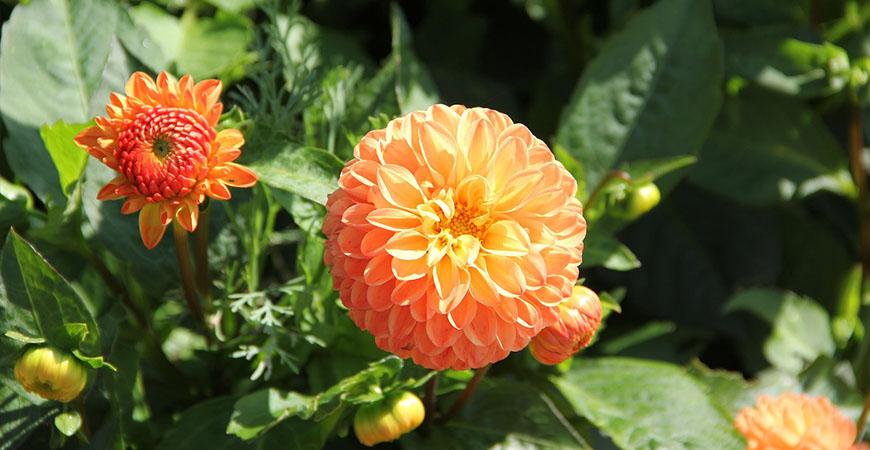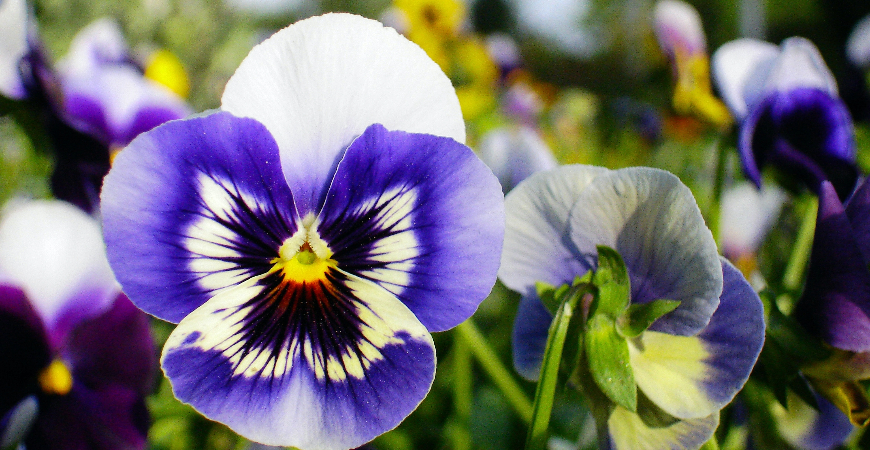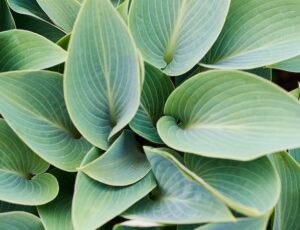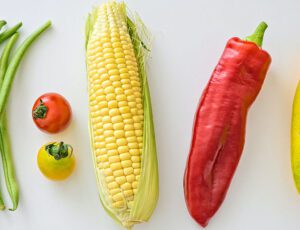
Thanksgiving Flowers that Aren’t Mums!
When it comes to Thanksgiving flowers, it feels like mum’s the word. That is, everywhere you look for fall flower suggestions, you come across the same one over and over again: mums.
For those who want to start a new floral tradition and elevate their elegant autumnal bouquets with something new, there are several options to choose from. Each works as an ideal pair for pumpkins, a Thanksgiving centerpiece, or a complement to the rich colors of fall.
Need some inspiration? Check out a few of our favorite flowers for Thanksgiving below.
Asters Add Vibrance Both Indoors and Outside
We won’t deny the brilliance of mums, but when you compare them to the benefits of asters, it may be hard to go back to those traditional Thanksgiving flowers.
Asters are cold-hardy perennials with brilliant blooms. They attract much-needed pollinators — like bees and butterflies — while repelling garden pests like deer.
You’ll find plenty of aster varieties to choose from. The hybrid varieties tend to offer bolder hues, but if you prefer ecological benefits over flashiness, you should also be able to procure natural or wild varieties specific to your local area.
The wide range of varieties also means asters bring versatility to your floral arrangements. They fit in perfectly as garden borders, in rock gardens, and in containers, too.
To grow asters, it’s best to plant them in spring when the air and soil are cooler. If you’re planting from seeds, you can also sow them an inch deep in pots and store them in the fridge to aid germination.
Give them plenty of water and spread mulch around the plants. This will help keep the soil cool while also preventing weed growth.
As they begin to sprout and grow, add a slight layer of compost to a two-inch layer of mulch spread around the plants. Summer rain should provide all the moisture they need, but if you’re going through a dry spell — less than an inch of weekly rain — water regularly.
Dahlias Bring Decadence to Fall
It may be hard to believe, but dahlias may be even more versatile than asters. They range broadly in size — blooms can be as small as two inches or as wide as 15 inches — and come in almost every shade of color.

Dahlias are also wonderfully decadent. Depending on the variety or species, you’ll experience blooms densely packed with single, semi-double, or fully double petals.
Depending on your USDA hardiness zone, dahlias can be grown as perennials or annuals. Typically, in hardiness zones 8 and higher, they’re treated as perennials, and in colder regions, they’re considered annuals.
Dahlias can thrive both in gardens and containers. They can be a perfect greeting for guests, and they’re the ideal Thanksgiving centerpiece flowers, too.
When planting dahlias, wait until the soil is at least 60 degrees Fahrenheit and the potential for frost has long passed. If you’re planting tomatoes, you can usually plan to plant dahlias a few days afterward.
For the most abundant blooms, plant them where they’ll receive full light — at least six to eight hours a day. They also grow best in rich soil; mix in some compost if you’re not sure it contains enough organic matter.
Once planted, don’t water them again until you see sprouts begin to appear above the soil level. Then, you can water once or twice a week, making sure to water deeply to reach the full root system.
Nemesias Transform a Dull Garden
Nemesias are delicate, beautiful, and an ideal Thanksgiving flower. They’re also compact and bushy, making them perfect for garden borders, ground cover, or hanging baskets.
Beyond their visual attractiveness, nemesias also give off a sweet aroma with notes of vanilla and honey. So, if you place them on your front porch, you’ll please the eyes and nose of approaching guests.
To care for nemesias, find a spot where they get full sun with some afternoon shade. They require rich soil and adequate drainage to ensure proper nutrition and prevent root rot.
Fortunately, once your nemesia plants are established in the garden or planter, they don’t require much care. Ensure they have enough sunlight and moisture, and they’ll easily thrive.
Due to their short, bushy nature, nemesias pair well with the other flowers listed in this article. As long as your nemesia plants receive bright morning sun, taller varieties of asters or dahlias can provide the beneficial afternoon shade
Pansies Make Any Arrangement More Cheerful
With their bright, upturned-face blooms and overlapping heart-shaped petals, pansies are the ideal flower for Thanksgiving — and all year round.
Pansies are typically considered annuals, but you should find them well-suited for USDA Hardiness Zones 3 through 8. That said, during the high heat of summer, they tend to get a bit leggy.
However, they’re the perfect fall flower because they can survive cold weather. You may find them withering during frost or single-digit temperatures, but they’ll bounce back once temperatures start to climb.
Place pansies in areas where they get morning sun and afternoon shade. They grow well in containers, so consider moving them around as sunlight changes throughout the seasons.
Unlike some other flowers listed here, pansies can be planted in the fall. Due to their finicky germination period, it’s easier to buy an established plant from a nursery or garden center.
Buying established plants also means you’ll see them bloom earlier. So, if you’re in a last-minute crunch for Thanksgiving flowers, you really can’t go wrong with pansies.
Pansies require consistent watering. So, if they aren’t thriving, your first troubleshooting step should be to increase watering.
Pumpkin Pairs and Companions
Of course, Thanksgiving isn’t the only fall holiday deserving of floral celebration. Halloween, that pumpkin-packed day of general spookery, also calls for a flower-filled honoring.
If you’re growing your own pumpkins, one of the best ways to celebrate our favorite gourd is with companion planting. Companion planting allows for grouping plants and flowers that help each other thrive.
Some companion plants will repel pests their partner attracts. Sometimes, they’ll attract the pollinators their companion needs.
The preferred pumpkin companion plants will not only aid its growth but also provide additional autumnal beauty.
So, consider these common floral pairs for pumpkins and how they can make your fall season even better:
- Lavender: Attracts pollinators, repels pests, and emits a calming aroma. Their purple buds also bring a burst of frivolity to Thanksgiving floral arrangements.
- Marigolds: Repels pests and serves as a cover crop, protecting soil. Their yellow petals also complement the warm orange of pumpkins.
- Marjoram: An herb similar to oregano, they’re also known to improve the flavor of their companion pumpkins. That means an even more flavorful Thanksgiving can be found right in your garden!
- Sunflowers: Attract needed pollinators and repel birds swooping down to eat growing vegetables. Sunflowers also make a great addition to your Thanksgiving centerpiece or bouquet.
Consider These Mums-Alternate Flowers For Thanksgiving
Thanksgiving doesn’t have to be a mums-only affair. So, consider starting a new tradition by using the flowers listed above to create fresh arrangements, centerpieces, and bouquets!













